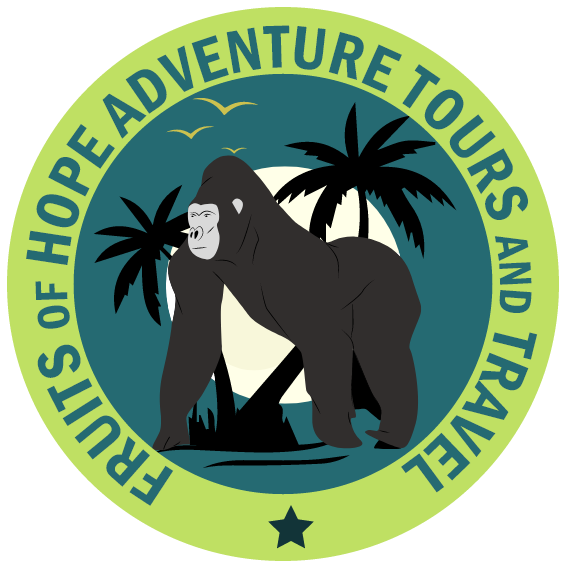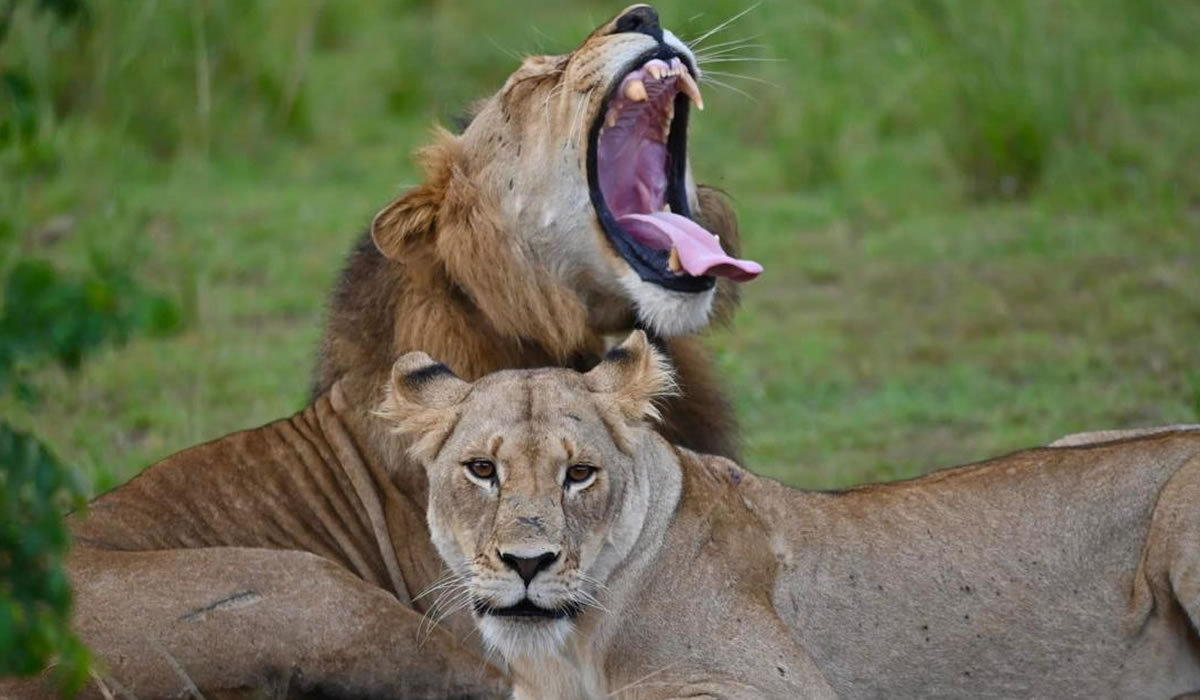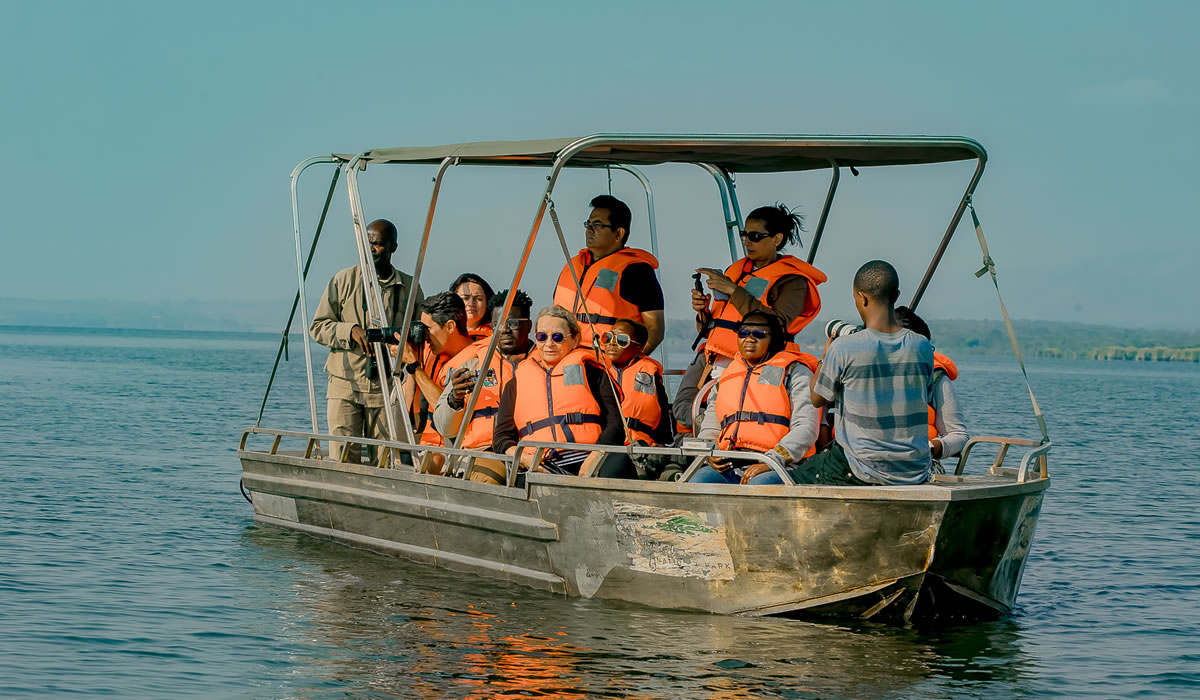Akagera National Park, located in the eastern part of Rwanda, is a haven for wildlife…
Best Time to Visit Rwanda for Safaris and Gorilla Tours
Rwanda, often referred to as the Land of a Thousand Hills, has carved a name for itself as one of Africa’s most captivating travel destinations. The country’s compact size, lush landscapes, and the unforgettable experience of coming face-to-face with mountain gorillas in their natural habitat make it a favourite for wildlife enthusiasts and adventure seekers. However, like any travel experience, timing is crucial. If you’re planning a Rwanda safari or a gorilla trekking adventure, understanding the best time to visit Rwanda can significantly enhance your trip. This guide will walk you through everything you need to know about the best time to Visit Rwanda for Safaris and Gorilla Tours, from Rwanda’s climate to peak travel seasons, wildlife activity and practical travel tips.
Rwanda’s Climate Overview
Rwanda’s location near the equator gives it a tropical highland climate, moderated by its elevation. The country enjoys mild temperatures year-round, with average daytime highs ranging from 24°C to 27°C (75°F to 81°F). Rwanda doesn’t have four distinct seasons like in temperate regions. Instead, it experiences two main rainy seasons and two dry seasons:
- Long rainy season: March to May
- Long dry season: June to September
- Short rainy season: October to November
- Short dry season: December to February
These seasonal patterns greatly influence wildlife viewing, gorilla trekking conditions and overall travel experience. Let’s explore when to visit Rwanda for the best safari and gorilla trekking opportunities.
Best Time for Gorilla Trekking in Rwanda
Gorilla trekking is Rwanda’s most iconic and sought-after activity, taking place in the misty forests of Volcanoes National Park. Although gorilla trekking is available year-round, the dry seasons are generally considered the best time to go.
Dry Seasons (June to September and December to February):
These months offer the most favorable conditions for trekking. Trails are less muddy and easier to navigate, vegetation is less dense which improves visibility of the gorillas, and the overall experience is more comfortable. Because of the pleasant weather, this period is also the peak tourist season in Rwanda, so permits should be booked several months in advance.
Rainy Seasons (March to May and October to November):
Trekking during the rainy seasons is more challenging due to slippery trails and thicker vegetation. However, there are advantages too. The scenery is incredibly lush, photography conditions can be dramatic and beautiful, and the gorilla groups tend to stay at lower altitudes, making treks shorter. Additionally, fewer tourists visit during these months, so it’s easier to get permits and accommodations may offer lower rates.
In summary, the best time for gorilla trekking in Rwanda is during the long dry season from June to September. However, if you’re looking for a quieter, more budget-friendly experience and don’t mind a bit of rain, the shoulder months like late May or early December can be great options.
Best Time for Safaris in Akagera National Park
While Rwanda is most famous for its gorilla experiences, it also offers traditional savannah safaris in Akagera National Park. This park is home to the Big Five (lions, leopards, elephants, rhinos and buffalo) and is ideal for game drives, boat safaris and bird watching.
June to September (Dry Season):
This is the optimal time for game viewing in Akagera. Animals gather around water sources, the grass is shorter and it’s easier to spot wildlife. The weather is sunny and pleasant, making it a fantastic time for photography and comfortable excursions.
March to May (Wet Season):
Game viewing can be more challenging due to overgrown vegetation and animals spreading out due to abundant water. Some roads may be impassable after heavy rain, and the overall experience might be less predictable. That said, the park is lush and green, and birdlife is abundant with migratory species present.
For the best Rwanda safari experience in Akagera National Park, plan your visit during the long dry season from June to September, or the short dry season between December and February.
Best Time for Bird Watching in Rwanda
Rwanda is a birder’s paradise, with over 700 bird species recorded across its national parks, lakes and wetlands. While bird watching can be done all year, the rainy seasons are actually preferred for avid birders.
March to May and October to November:
These rainy months are the best for bird watching because migratory birds arrive, and many resident species are in breeding plumage, making them more visible and vocal. Nyungwe Forest National Park and Akagera National Park are top spots for birding in Rwanda.
If your main goal is to see birds, including Albertine Rift endemics, consider traveling during the shoulder seasons when bird activity is highest.
Peak and Off-Peak Travel Seasons
Peak Season (June to September):
This is the most popular time to visit Rwanda. Excellent weather conditions for both gorilla trekking and safaris attract tourists from all over the world. Demand is high, so book your permits, accommodations and transport well in advance.
Shoulder Season (December to February):
This short dry season is also a good time to visit. While not as crowded as the mid-year peak, it still offers great conditions for trekking and wildlife viewing.
Low Season (March to May and October to November):
This is considered the off-peak season due to heavier rains. Fewer tourists mean more flexibility in bookings and lower prices. If you’re an experienced trekker or a budget traveler, this period may suit you perfectly.
Events and Cultural Activities by Season
In addition to wildlife experiences, Rwanda hosts several cultural and memorial events throughout the year. Timing your visit around these events can offer a richer understanding of the country’s history and heritage.
- Kwibuka (April):
This is the national period of remembrance for the 1994 genocide against the Tutsi. While somber, it offers a powerful insight into Rwanda’s healing and resilience. Expect some services and tours to be paused during this time. - Kigali International Peace Marathon (May):
A popular event for fitness travelers and marathoners from around the globe. - Gorilla Naming Ceremony – Kwita Izina (September):
Held in Volcanoes National Park, this is a major cultural event where baby gorillas born in the past year are given names. It includes celebrations, conservation discussions and community events. This is a fantastic time to visit for both gorilla trekking and cultural immersion.
Practical Travel Tips Based on the Season
- Book permits early: Especially during the dry season, book your gorilla trekking and national park permits several months ahead to secure your spot.
- Pack appropriately: In the dry season, light layers work well, but always include a rain jacket for sudden showers. In the rainy season, waterproof hiking boots, ponchos and gaiters are essential.
- Use a local tour operator: Weather conditions in Rwanda can be unpredictable. A reputable local tour company can help tailor your itinerary to make the most of your visit regardless of the season.
The best time to visit Rwanda for safaris and gorilla tours largely depends on your preferences. If you’re after dry trails, great wildlife visibility and stable weather, aim for the months between June and September. However, the shoulder and rainy seasons also hold unique advantages like lush landscapes, fewer tourists and lower prices. With its year-round appeal and well-developed tourism infrastructure, Rwanda is a destination that offers unforgettable experiences no matter when you go.
Whether you’re planning to lock eyes with a silverback gorilla, explore Savannah plains teeming with wildlife or take in Rwanda’s vibrant culture, choosing the right time will elevate your adventure. Now that you know when to go, it’s time to start planning your unforgettable journey to one of Africa’s most beautiful and welcoming countries.



